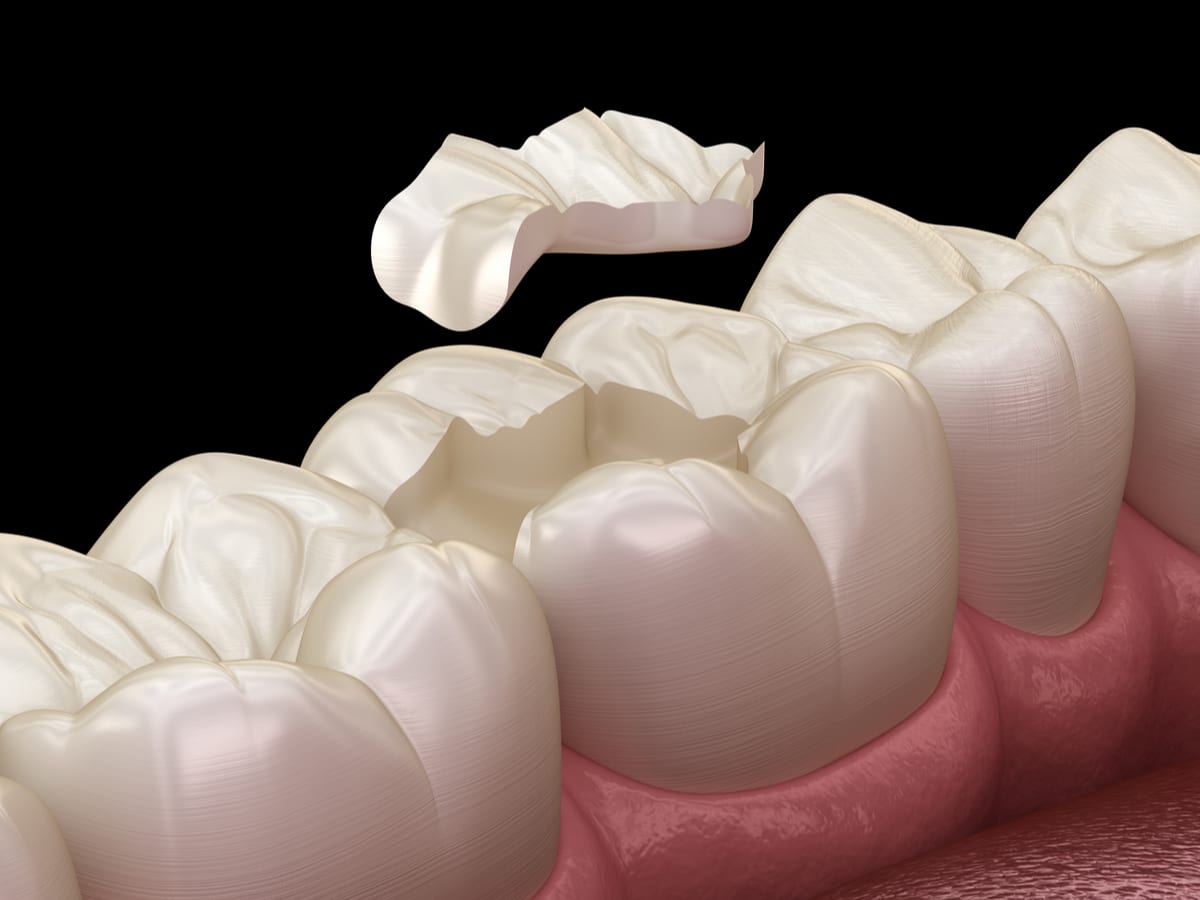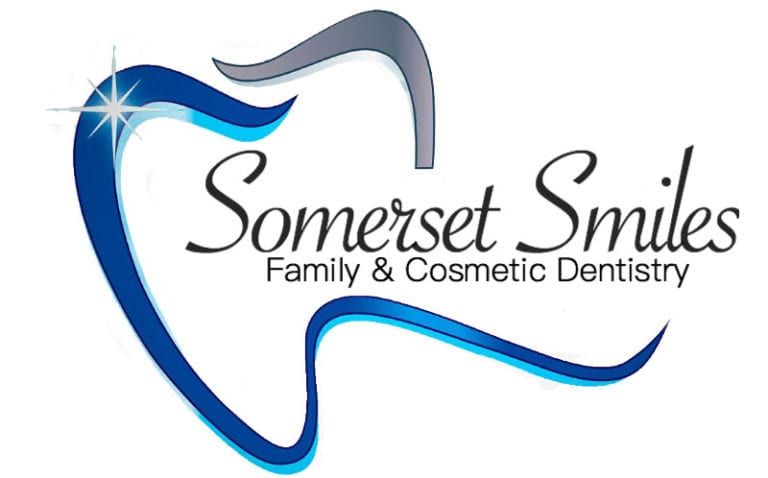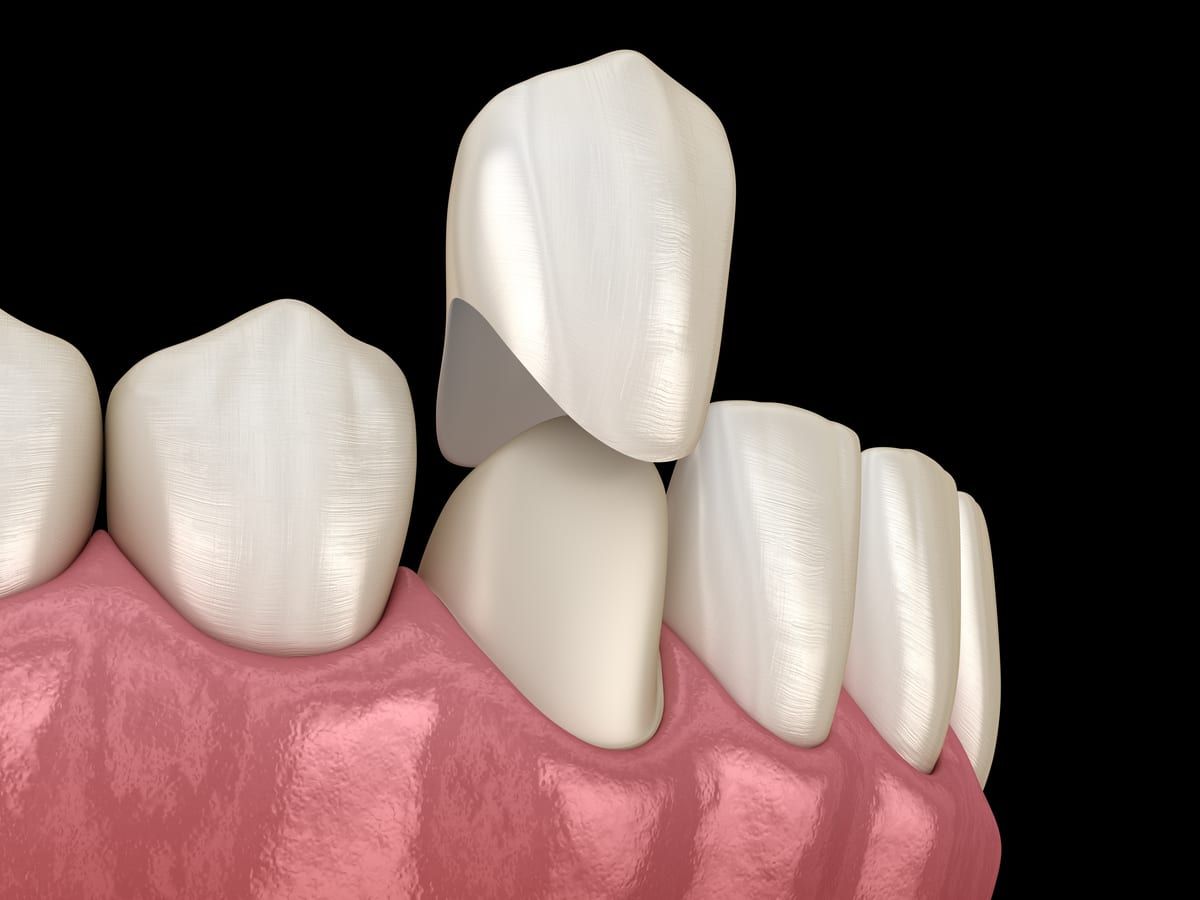Of all the forms of crowns available, porcelain crowns are generally considered to be the most aesthetically pleasing. The material used in their creation shares the translucent quality that can be found in natural, healthy teeth. They are a popular choice for dentists and patients alike for their ability to reproduce a beautiful smile that appears natural and has the durability to last for years to come. There are multiple types of crowns, including porcelain-clad, porcelain, and metal, each having its own benefits and drawbacks.
Why Choose Porcelain Crowns?
One of the most powerful restorative aspects of porcelain is its ability to be carefully crafted into a natural tooth-like appearance. By mirroring the shape of your natural teeth, they are able to restore the natural function and beauty of your patient’s teeth. They are exceptionally good choices for the most visible teeth at the front of the mouth but are suitable for use in molars as well. Due to their composition, they are nearly indistinguishable from the patient’s natural teeth, and their surface will retain its luster for years. The material of the entire crown is the same, supporting the illusion of being natural. Another benefit to patients with allergies is the bio-compatible nature of the material, which prevents allergic reactions and irritation of the gums.

Are There Disadvantages to Porcelain Crowns?
For all their beauty, there are a few drawbacks to porcelain crowns, most notably their higher price point. That being said, porcelain can be fragile when compared to other forms of a crown. This can require the patient to take greater care with them, especially regarding what kind of food they eat with them. They also require the removal of a greater amount of the natural tooth to ensure that the porcelain is as strong as possible. The greater bulk of the tooth results in it having more mass while requiring more precision in their crafting to ensure they last. The removal of the natural tooth material can result in the replaced tooth having greater sensitivity to heat and cold.
What Other Types Of Crown Are There?
There are three other prominent types of veneers that are available to patients. These include the porcelain veneer crown, which is a hybrid of the porcelain and metal forms. In most ways, this appears exactly like the regular porcelain style, though the metal may be available as a thin line near the gum line. They also have a tendency to chip away from the metal, making them a poor choice for the front teeth. Metal crowns are also a common choice, with nickel-chromium, cobalt-chromium, and silver and gold alloys being common choices. The last type of crown commonly used in restorative dentistry is resin, which is more likely to crack, chip, and need replacement than the other two types.
Caring For Your Porcelain Crowns
Generally speaking, caring for your crowns doesn’t require any additional or different forms of care than your natural teeth. So long as you continue to floss, brush, and see a dentist every six months your new tooth should last you for years. If you experience any form of discomfort or pain following the procedure, it’s necessary to speak to your dentist. It is important to be careful about how you use your porcelain crowns due to them not being as strong as your natural teeth. You can do this by avoiding chewing excessively hard foods with them or using them as tools.


